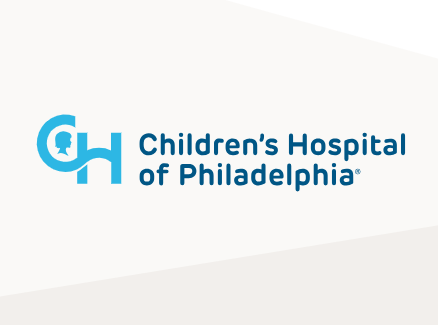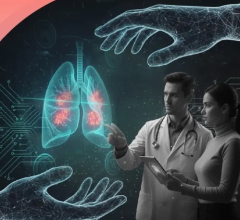
July 1, 2025 — UPDATE: The final paper is now available at:
ORIGINALLY POSTED June 3, 2025 — In a collaborative study between the Departments of Radiology at the Children’s Hospital of Philadelphia (CHOP) and the University of Pennsylvania, researchers evaluated the potential of using ChatGPT-4 for diagnosing liver disease using ultrasound images.
The study, led by Laith R. Sultan, MD, MBMI, was recently published in the Journal of Medical Internet Research AI. The project was supported by the CHOP Department of Radiology under the leadership of Hansel J. Otero, MD; and Sudha Anupindi; MD, Kassa Darge, MD, PhD.
Researchers developed and applied a machine learning approach utilizing the natural language processing capabilities of ChatGPT-4 to extract and interpret advanced radiomic features from liver ultrasound images. The model classified liver tissue as fatty liver, fibrotic liver, or normal with a classification sensitivity up to 83%, and an F1-score of 0.85. Diagnostic performance included AUC values of 0.97 for fatty liver, 0.87 for normal liver, and 0.75 for liver fibrosis, while reducing analysis time by more than 40% compared to conventional radiomics software.
These findings suggest that large language models like ChatGPT-4, when adapted for image analysis, may offer a scalable and efficient tool for ultrasound-based diagnostics—particularly in settings with limited access to expert interpretation.
The final paper is available at: https://ai.jmir.org/2025/1/e68144


 December 03, 2025
December 03, 2025 








